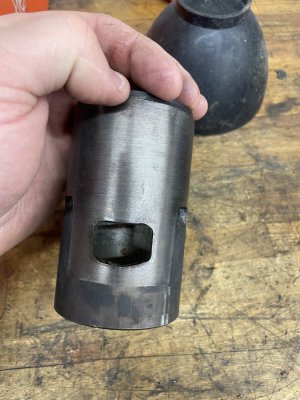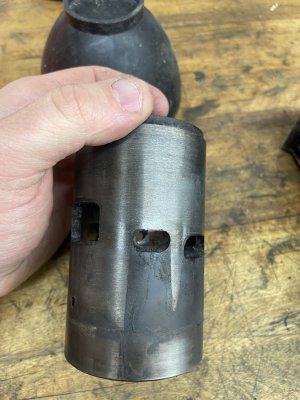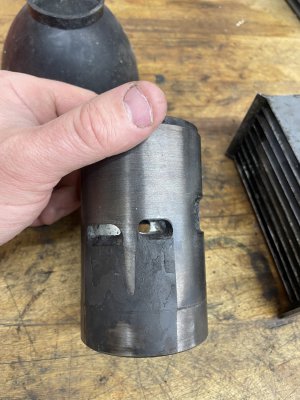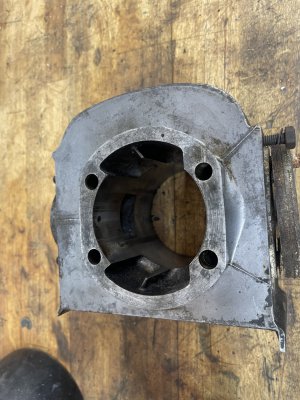- Joined
- Apr 30, 2015
- Messages
- 11,327
I would copy the port dimensions from the cylinder as accurately as possible. Then, if you can have the sleeve replaced you could
cut the ports yourself if the shop can't or won't cut them. Measure the piston carefully too.
I'm guessing it's piston-ported and not rotary or reed valve?
-M
ps looks like a Vespa- if BMW made one
cut the ports yourself if the shop can't or won't cut them. Measure the piston carefully too.
I'm guessing it's piston-ported and not rotary or reed valve?
-M
ps looks like a Vespa- if BMW made one





